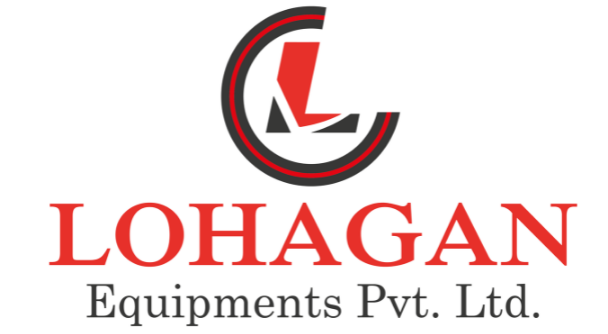Material Handling Equipments
The industrial material handling process, like any other industrial process, requires a set of clear-cut objectives or goals. It allows you to use the system with the highest possible efficiency while keeping overheads down. Here are a few common objectives that you need to know about.
- 1) Cost Reduction
- 2) Enhanced Capacity
- 3) Improved Productivity & Efficiency
- 4) Improved Working Conditions
The primary objective of any material handling system is to reduce the cost of moving the load. The direct or indirect cost reduction often comes in the form of –
Decreasing material handling labor.
Optimizing the material handling labor depending on their level of skill.
Reducing indirect labor for activities such as shipping, wrapping, traffic controlling, and inspection.
Decreasing waste such as packaging materials and other protective devices such as racks and containers through optimization.
Lowering the chances of potential damages to the load.
Optimizing control requirements.
Ensuring quicker through-put and limited in-process storage to streamline the manufacturing process.
However, being an auxiliary system in any manufacturing process, optimized material handling can also bring the overall production cost down by improving the flow of raw material.
A well-planned industrial lifting system also increases your capacity through better space utilization and improved warehousing and storage layout. For example, you can use high-altitude cranes along with specially designed racks or containers to make use of unused spaces such as the area high above production lines.
Alternatively, you can also improve the layout of the production line to reduce travel and excessive use of space. Optimizing the flow paths and the timing of material movement will allow you to increase your overall capacity further. It will also lead to better utilization of your labor.
The third objective of a material handling system is to improve overall productivity and efficiency. Using automated industrial lifting and rigging equipment reduces the loading, unloading, and transportation time for raw materials and finished goods. Because the raw material sits on the docks or in storage for less time, there is no need for extra storage.
Further, the improved rate of raw material supply allows you to operate your equipment and labor at their fullest capacity. You can also optimize the number of loading and supervision crew. Thus, your overall productivity and efficiency can go up while keeping the labor costs down.
Handling heavy loads manually can be time-consuming, risky, and frustrating. Plus, you need to rely on a young and healthy workforce to move heavy loads, resulting in higher employee turnover and excessive need for training. All these factors also affect employee morale as the overall working conditions may seem too harsh.
However, you can use automated systems for lifting and handling material of any size, shape, and volume relatively comfortably. This, in turn, improves employee morale and the rate of output, resulting in higher productivity. Thus, material handling systems can improve working conditions significantly.
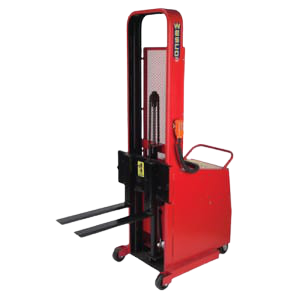
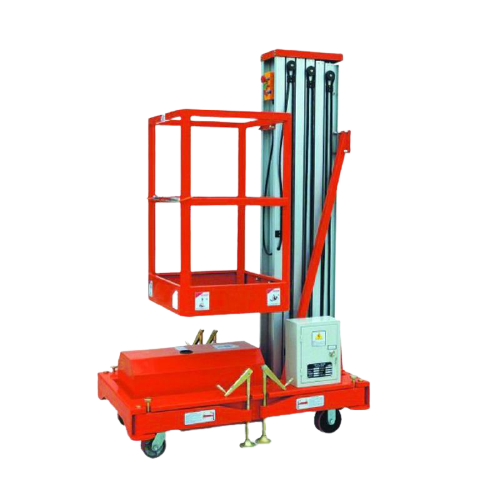
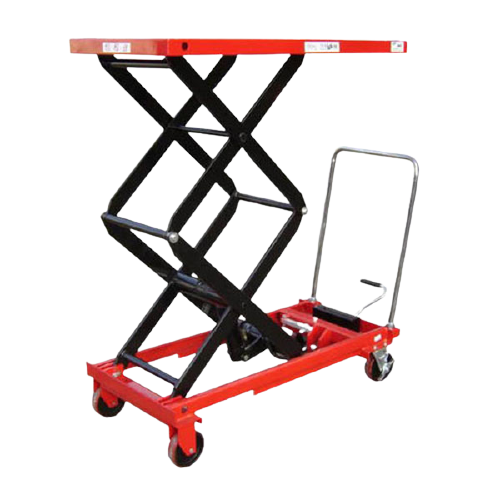
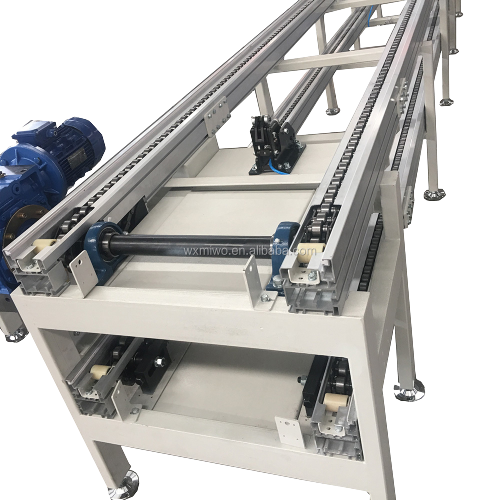
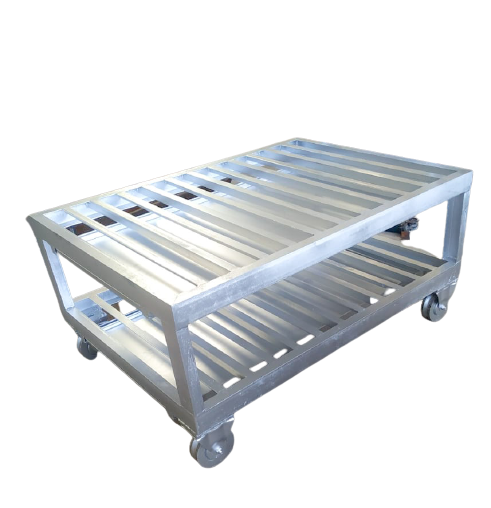
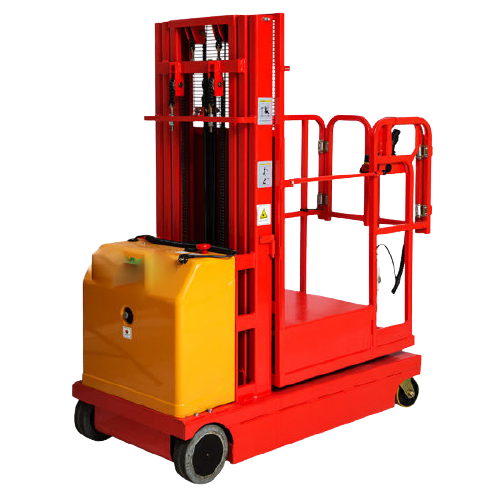
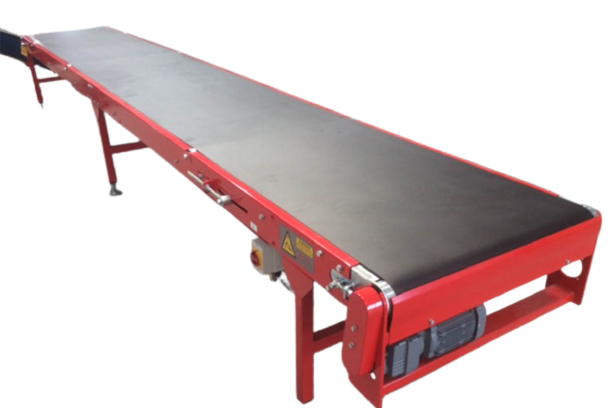
Previous
Next
